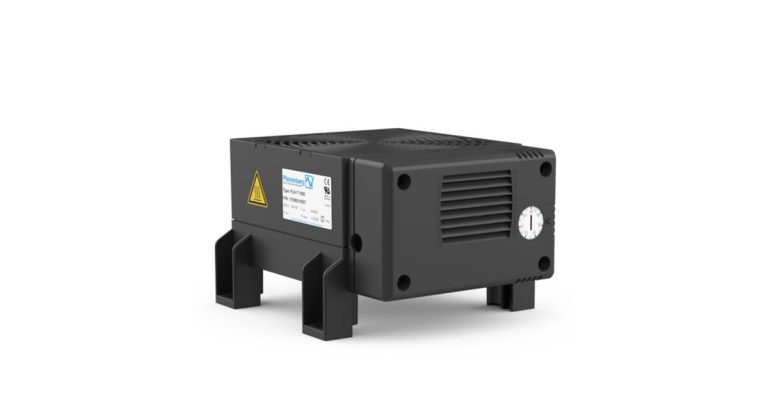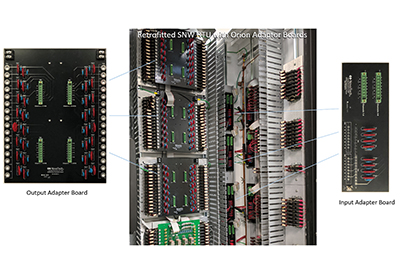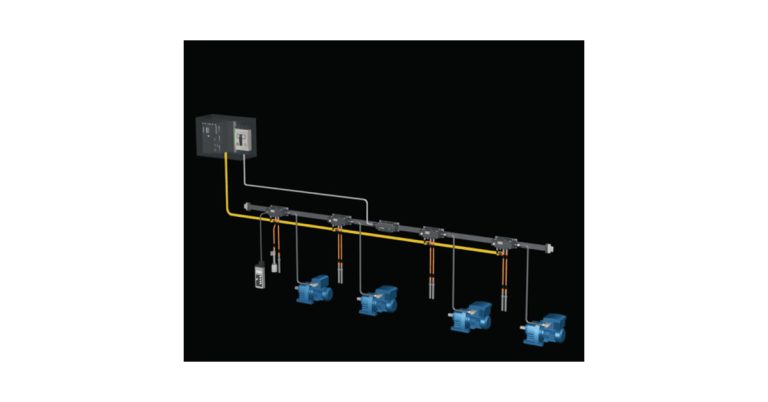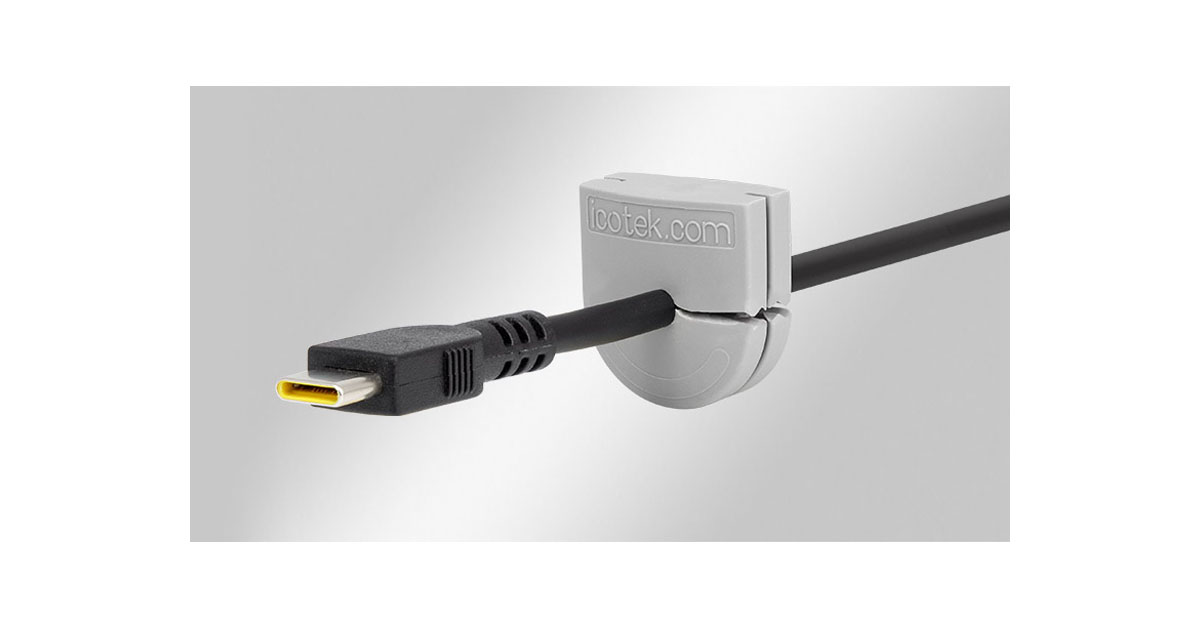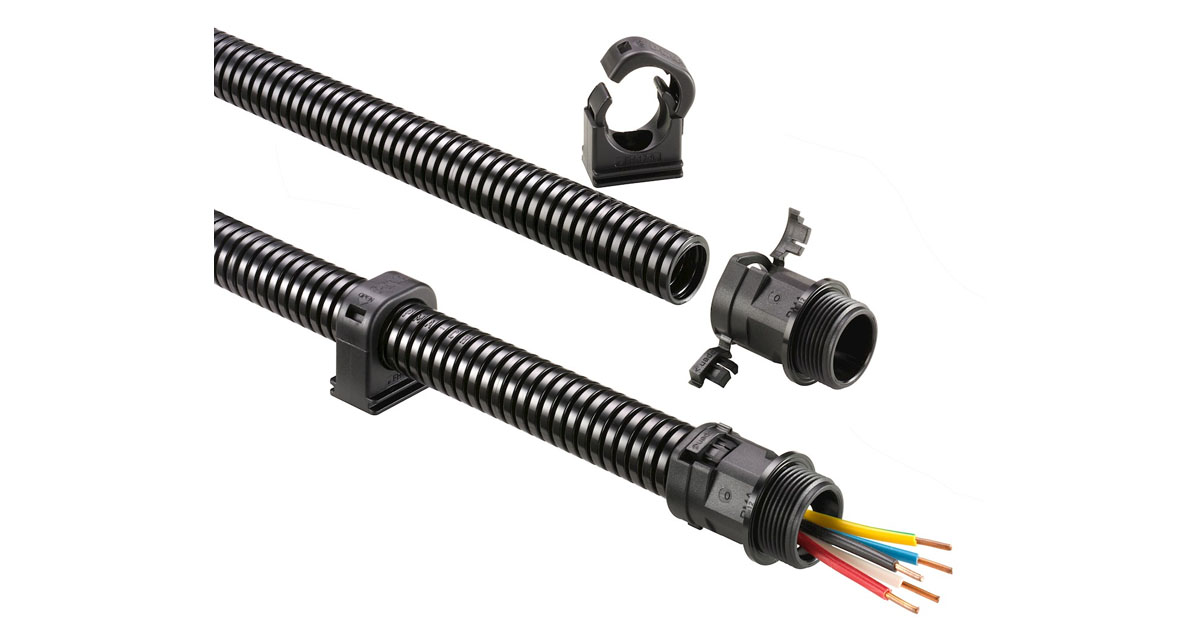An Alternative Solution for LM6000 Fuel Controls
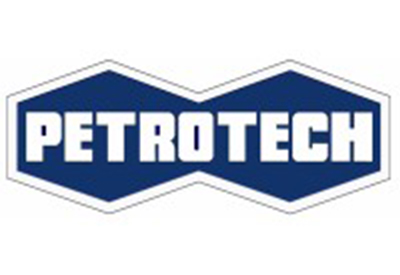
October 20, 2021
A Turbine Fuel Regulator’s (TFR) primary function is to provide an output signal for modulating fuel supply in response to the load demand placed on a gas turbine. Secondary control and monitoring functions include actuation of variable geometry end devices such as inlet guide vanes, bleed valves and stator vanes, as well as protection functions such as stall, over speed and temperature monitoring. The control systems supplied on new gas turbines are most often developed and supplied by the Original Equipment Manufacturers (OEMs) for their specific gas turbines. As the machines age beyond the obsolescence of the OEM control systems, end users seek to upgrade and modernize these control systems and often they seek alternatives or 3rd party control system suppliers.
In the absence of a viable 3rd party supplier, the choice of control system hardware and the TFR functionality is often dictated by the OEM’s standard offering. This can leave the end-user with non-standard hardware and a less than optimum overall control system solution which fails to meet the unique needs of their facility.
This document will describe the Petrotech core TFR offering and then highlight the application specifics necessary to adapt the core TFR offering to the LM6000- PC gas turbine.
Petrotech Turbine Fuel Regulation
When it comes to differentiating Petrotech TFR systems from OEM and other 3rd party solutions, the following key elements become apparent.
Scalability
Petrotech’s TFR software is modularized into a library of task specific utilities and function blocks resulting in a scalable, TFR offering suitable for the turbine application. The utilities programs and function blocks are designed to accommodate a variety of control strategies across a wide variety of gas turbine models ranging from small aero-derivatives to large industrials. Functionality not required for a specific gas turbine application is excluded from the final program build. This results in a built for purpose TFR application based on a mature standardized library of object oriented utilities programs and function blocks, offering appropriate scalability no matter how simple or complex the TFR application. Petrotech’s TFR systems utilize a core function library of utilities programs designed to supplement the task specific functions required by the gas turbine being controlled. In other words Petrotech TFR systems for industrial, frame type gas turbines use the same utilities program library as do Petrotech’s TFR systems for aero-derivative gas turbines. The differences between applications are defined only by OEM specific requirements for override control, protection and fuel governing.
Extensive Code Library
Petrotech delivered its first TFR application in 1982. Since then, they have installed over 600 TFR systems governing 25+ gas turbine models on a variety of control system platforms in new and retrofit applications. As the result of Petrotech’s knowledge and experience, they have assembled an extensive library of TFR utilities and function blocks that enable their engineers to meet their customer’s specific TFR needs.
Petrotech’s TFR systems have also been deployed on a variety of Programmable Application/Logic Controllers (PAC/PLC). Their original TFR library utilities programs and function blocks were developed using ‘C’ source code and deployed as compiled applications. With the maturation of the latest generation of PAC/PLC systems, the ‘C’ source code library has been converted to structured text using IEC 6-1131 programming programing standards.
Using the IEC 6-1131 programming standards enabled Petrotech’s engineers to maintain the original object oriented approach utilized in the ‘C’ source code applications. Most importantly the portability of structured text across all compatible PAC/PLC systems allows Petrotech engineers to rapidly create, deploy and standardize library modules without having to reprogram, redevelop and conduct extensive retesting on each PAC/PLC system application. When a specific TFR application requires additional or unique functionality, Petrotech engineers can rapidly develop, test and deploy the additional functionality using a modular function block. The modular approach facilitates rapid development, initial testing and integration testing into the full TFR application.
Each TFR function block is accompanied by a calibration file comprised of set points, ramp rates, controller gains etc. Thus providing engineers and operators the ability to configure the TFR system to meet OEM and site specific requirements.
The LM6000 PC Gas Turbine
The LM6000-PC gas turbine, manufactured by General Electric, is an aero-derivative type gas turbine. It is a concentric dual rotor, direct drive gas turbine, derived from the CF6-80C2 aircraft engine.
The basic engine geometry follows:
- • Variable Inlet Guide Vanes (IGV)
- • Low Pressure Compressor (LPC)
- • Variable Bleed Valves (VBV)
- • High Pressure Compressor (HPC) with Variable Stator Vanes (VSV)
- • Single Annular Combustor (SAC) • High Pressure Turbine (HPT)
- • Low Pressure Turbine (LPT)
Variable Inlet Guide Vanes
The IGVs direct inlet air into the LPC. IGVs manage the inlet airflow during part load operation to maintain high exhaust temperatures necessary for combined cycle operation. Not all LM6000 installations are equipped with IGVs.
Low Pressure Compressor
Following the IGVs is the 5-stage LPC. The LPC is part of the LP rotor assembly and its overall compression ratio is 2.4 to 1.
Variable Bleed Valves
Following the LPC, the compressed air flows into the LPC-HPC inter-stage and if necessary a portion of the LPC discharge air is vented away from the HPC via 12 hydraulically actuated VBVs. The VBVs match the airflow between the LPC and HPC during start-up and part-load operation to prevent stall conditions in the HPC.
High Pressure Compressor
The LPC discharge air travels into the 14-stage variable-geometry HPC. The HPC is part of the HP rotor assembly and its overall compression ratio is 29 to 1.
Variable Stator Vanes
The VSVs are positioned to regulate the airflow and rotor speed of the HP rotor assembly and are modulated as the driven load varies. Only the first five stages of the HPC are fitted with VSVs.
Single Annular Combustor
The HPC discharge air enters the SAC where it is mixed with the appropriate amount of fuel proportionate to load requirements. The high pressure, high temperature combustion gas (~69 atmospheres at full load) is directed to the 2-stage HPT.
High Pressure Turbine
The balance of the HP rotor assembly consists of the 2-stage HPT. The expansion that takes place across the HPT produces work to drive the HPC. The HP rotor speed varies across the operating range from ~6000 to ~10800 rpm.
Low Pressure Turbine
The balance LP rotor assembly consists of the 5-stage LPT. The expansion that takes place across the LPT produces work to drive both the LPC and the connected generator load. The LPT operates at 3000 or 3600 rpm depending on frequency requirements.
The Petrotech LM6000-PC TFR
The LM6000 TFR monitors the on-engine sensors to calculate a position demand signal for the fuel control valve. In addition to the fuel control valve position, the LM6000 TFR also determines the position demand signals for the on-engine variable geometry devices. This is a departure from older TFR applications such as the LM2500 and LM5000 where the variable geometry devices are controlled by hydraulic servos that sense key engine parameters and position IGVs, VBVs and VSVs independent of the TFR.
On Engine Sensors
The following on-engine sensors transmit key engine particulars to the control system to determine the fuel control valve and variable geometry position demand signals. Where there are redundant signals, Petrotech uses the appropriate validation, selection and averaging logic to determine the TFR parameter value. The TFR parameter values consist of key leading particular pickups and transmitters critical to the LM6000 operation.
- − P0 : Ambient Air Pressure
- − T2 A-B : LPC Inlet Temperature
- − N25 A-B : HPC Speed
- − P25 A-B : HPC Inlet Pressure
- − T25 A-B : HPC Inlet Temperature
- − P3 A-B : HPC Discharge Pressure
- − T3 A-B : HPC Discharge Temperature
- − P48 : LPT Inlet Pressure
- − T48 A-H : LPT Inlet Temperature
- − NSD A-B : LPT – Drive Shaft Speed
- − PTB A-B : Thrust Balance Pressure
- − ZIGV A-B : Variable Inlet Guide Vane Position
- − ZVBV A-B : Variable Bleed Valve Position
- − ZVSV A-B : Variable Stator Vane Position
- − ZTBV A-B : Thrust Balance Valve Position
TFR Basic Core
The basic LM6000 TFR deployed by Petrotech is derived from their experience on other LM turbines and the multitude of other Petrotech TFR applications. Many of the basic control principles and function blocks used in the LM6000-PC TFR are also common to other large aero-derivative TFRs. Thus providing Petrotech engineers a foundation of mature field proven algorithms as the basis for LM6000 TFR development.
TFR systems in general are comprised of multiple controllers that monitor and regulate the operating parameters and manage the fuel supply to the gas turbine. These controllers maintain those parameters within their safe and effective operating ranges. Each controller operates in parallel and the final fuel control demand signal is selected from the individual controller outputs from either high selection or low selection logic.
The logic flow preceding each controller is comprised of the necessary compensation logic and signal conditioning to ensure accurate and efficient fuel management in conjunction with accurate variable geometry positioning.
The TFR architecture is comprised of three fundamental sections of logic.
- • Primary Control Elements – consisting of speed, pressure and temperature controllers.
- • Secondary Control Elements – consisting of acceleration, deceleration and startup ramping scheduling and control.
- • Fuel Control Valve Demand Management – consisting of the fuel valve scheduling and dual fuel logic (not shown).
Primary Control Elements
The primary control elements form the fundamental control backbone of the LM6000 TFR. With the exception of the LP rotor speed controller (NSD_CTRL), the TFR supervises each of the primary control elements using a proportional-integral (PI) control loop.
- • HP Rotor Speed Control (N25)
- • HP Rotor Speed Acceleration Control (N25_ACL)
- • HPC Discharge Pressure Control (PS3)
- • HPC Discharge Temperature Control (T3)
- • Firing Temperature Control (T48)
The TFR supervises the LP rotor speed using a Proportional-Integral-Derivative (PID) control loop. The LP rotor speed PID control and its associated setpoint logic, coupled with an appropriate Automatic Voltage Regulation (AVR) and Digital Excitation Control System (DECS) allow the LM6000 to be deployed not only as a peaking generator, but also as a Black Start generator. Black start generators allow the power producer to restart power production in the absence of an available power grid (isochronous mode) thus requiring the superior speed/frequency regulation provided by PID control.
Secondary Control Elements
The secondary control elements provide the critical functions of minimum-maximum fuel override limiting, deceleration control and start-up ramping control. The selected demand signal is routed to the fuel valve management logic.
- • Maximum Fuel Limiting (MAX_FUEL)
- • Start-Up Ramping (STRT)
- • HP Rotor Speed Deceleration Control (N25_DCL)
- • Minimum Fuel Limiting (MIN_FUEL)
Fuel Control Valve Demand Management
The Fuel Control Valve Demand Management logic conditions the final TFR demand signal(s) to be routed to the fuel control valve(s). Not shown in Figure 1 is Petrotech’s Universal Fuel and Dual Fuel regulation logic. These specialized function blocks are deployed on duel fuel systems when required, but are omitted for single fuel systems as depicted by Figure 1.
Variable Geometry Control
The unique differentiator of the LM6000 control philosophy is the requirement for control system regulation of the variable geometry devices. The LM2500 and LM5000 gas turbines use on-board hydraulic positioning servos to manage the variable geometry devices. The LM6000 variable geometry is scheduled directly from the control system and is tightly integrated with the TFR controls. It includes the following variable geometry controls.
- • Inlet Guide Vanes (IGV)
- • Variable Bleed Valves (VBV)
- • Variable Stator Vanes (VSV)
- • Variable Thrust Balancing (VTB)
Inlet Guide Vanes
The variable geometry logic generates the IGV demand signal as a function of the HPC discharge pressure (PS3) and LPC inlet temperature. When PS3 is below a minimum level, the IGV demand is set to a minimum %-stroke. The %-stroke positon is also a function of LPC inlet temperature. As the power output increases above the PS3 threshold, the IGV demand increases linearly as with increasing PS3. Not all LM6000s include on-board IGVs. Therefore when the IGVs are excluded, a simple switch of an IGV enable flag directs the variable geometry logic output in the appropriate manner.
Variable Bleed Valves
The variable geometry logic establishes the appropriate VBV demand schedule depending on the value of the IGV enable flag. When IGVs are present, the logic schedules VBV demand as function of HP rotor speed and LPC inlet air temperature (T2). When IGVs are not present, the logic uses different VBV scheduling.
Variable Stator Vanes
Like the VBVs, the VSV demand schedule is dependent on the status of the IGV enable flag. The variable geometry logic establishes the VSV demand signal as a function of the corrected HP rotor speed using a single VSV demand schedule. The maximum VSV demand limit schedule is a function of inlet temperature corrected HP rotor speed and is used to provide a maximum limit for the VSV demand.
During startup, the VSV demand schedule is set for full closed (0 %-stroke). As HP rotor speed increases above 3000 rpm, the stroke demand increases and the vanes begin to open. At idle speed, the VSV demand increases to nominally 25%. The VSV demand continues to increase with increasing HP rotor speed. At HP speeds greater than 9500 rpm, the VSVs are fully opened. (100 %-stroke).
Variable Thrust Balancing
The LM6000 requires a thrust balance control system to minimize the thrust loading on the #1B bearing. The onboard system via the actuated Thrust Balance Valve directs 11th stage bleed air into a cavity which creates a forward force on the LP shaft, thus reducing the bearing load. The variable geometry logic establishes the appropriate response to the Thrust Balance Valve using a PI control loop.
Conclusion
Petrotech’s extensive gas turbine controls retrofit experience coupled with their modular programming approach allows them to deliver TFR systems that are functionally equivalent to OEM offerings. This, coupled with their open architecture approach, enables them to comply with their client’s control system hardware requirements. And the LM6000 TFR application is no exception.
In addition to functionally equivalent TFR systems, their advanced control systems including their patented massflow control algorithm improve light-off reliability and provide excellent response to transient load swings.
Petrotech’s generator set control system upgrades allows for two principal operating modes — Connected to Utility Grid Mode (normal start mode) and Island Mode (black start mode). In the normal start mode, the speed of the turbine/ generator is dictated by the frequency of the grid, so the speed-governing portion of the TFR is set to droop operation. Droop operation provides excellent performance from the load control (MW control) point of view. Additionally, in droop mode, the excitation system assumes that the voltage of the generator is dictated by the grid and works with the controller to provide MVAR control as desired. While running in this mode with the generator connected to the grid, all functions are available and the system can be safely put into auto operations, with either base or peak firing limits.
In the black start mode, the speed governing controls are set to isochronous operation and the excitation system controls the terminal voltage of the generator. This mode is used only while the generator is not connected to the grid, when precise frequency and voltage regulation is required, even during the starting inrush of large across-the-line motors. Proper frequency regulation in isochronous mode is imperative to avoid damage to auxiliary equipment and enable reliable black start operation to assist operators on recovering from a partial or system wide blackout.
As LM6000 gas turbines age beyond the obsolescence of their OEM control systems, Petrotech has the proven capability necessary to upgrade and optimize these applications.
![]()
https://petrotechinc.com/whitepaper-files/LM6000-Turbine-Fuel-Regulation-WP.pdf


